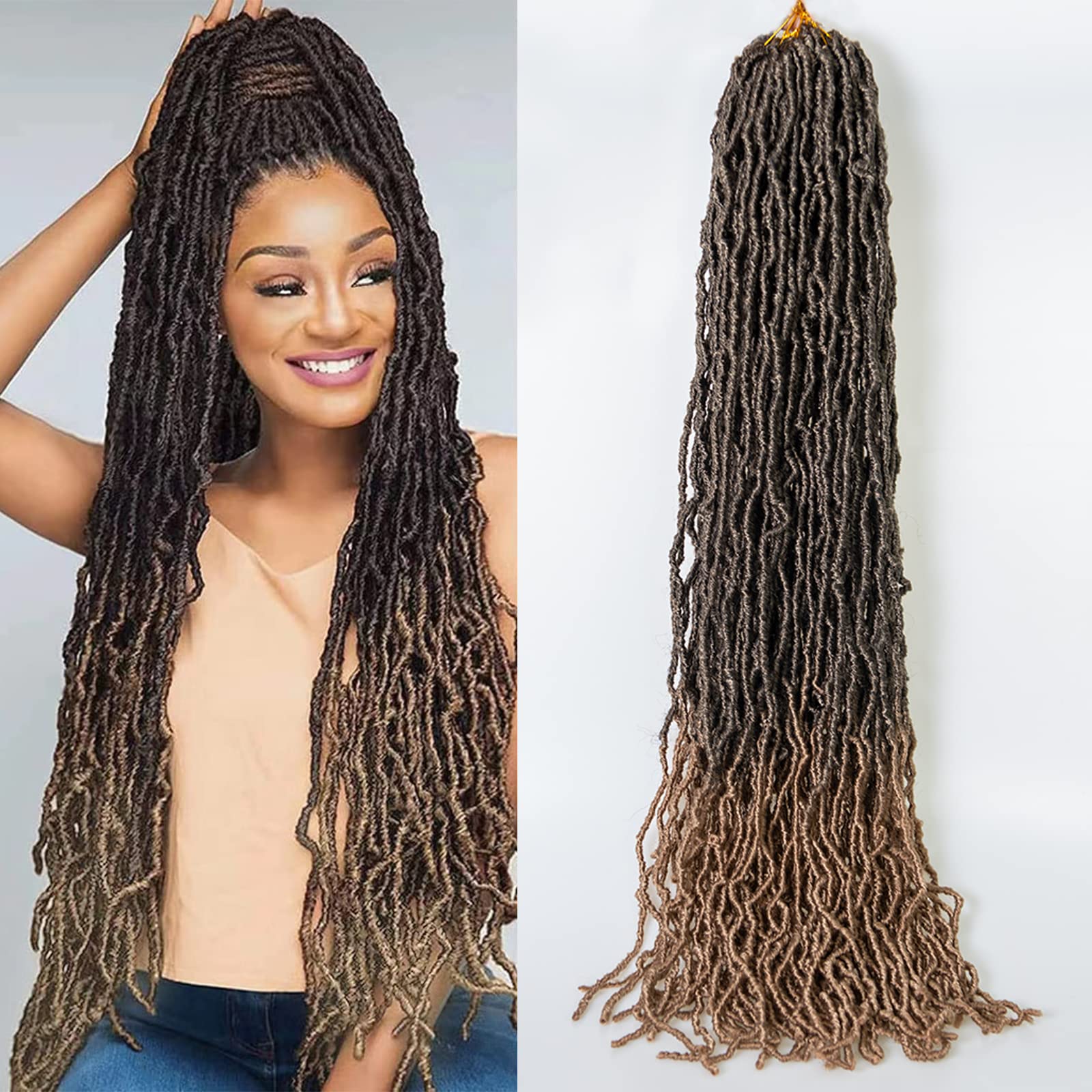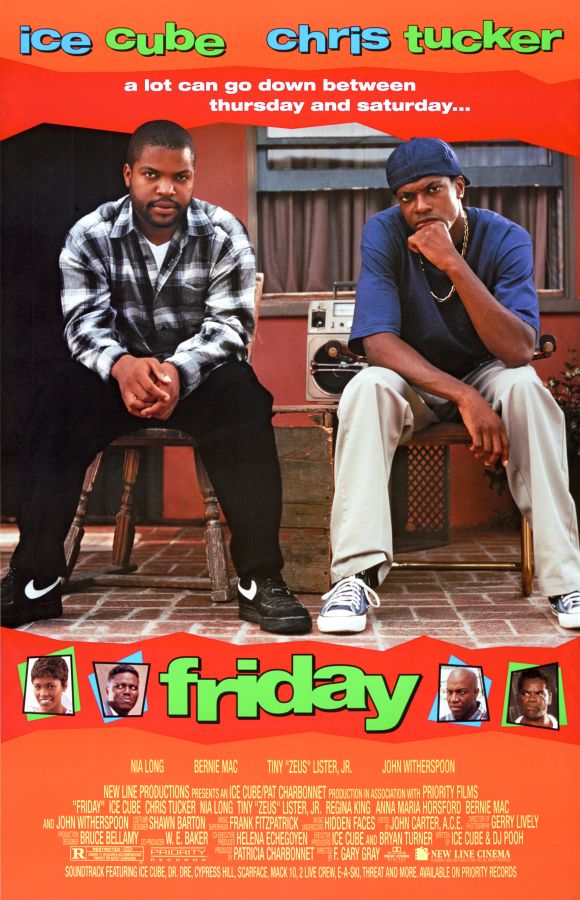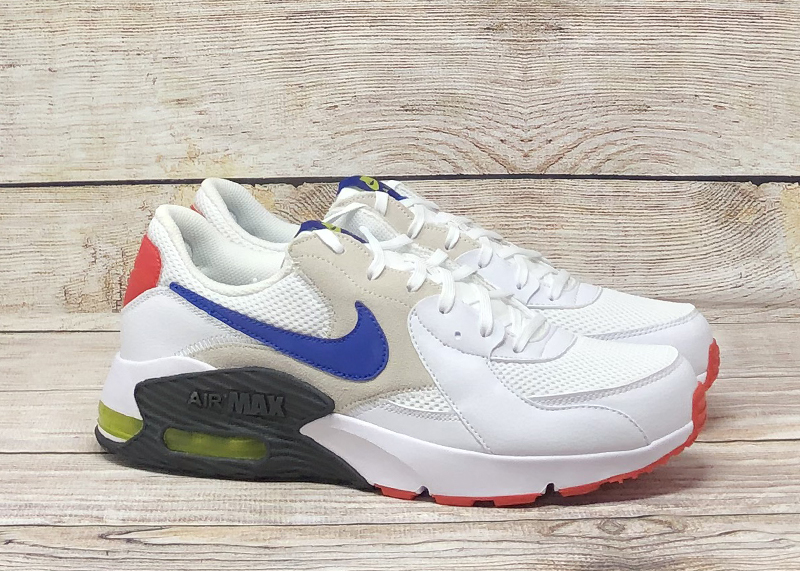The Dangers Of Synthetic Hair Braids: A Focus On Black Women's Health

Table of Contents
Traction Alopecia and Hair Loss from Tight Braiding
Tight braiding, a common practice with synthetic hair braids, can lead to traction alopecia—a type of hair loss caused by excessive pulling or tension on the hair follicles. The weight of the synthetic hair, combined with the tightness of the braids, puts significant stress on the hair follicles. Over time, this constant tension weakens the hair shafts, damages the follicles, and ultimately leads to hair thinning, a receding hairline, and even bald patches.
- The weight of synthetic braids can put significant tension on the hair follicles. Synthetic hair is often heavier than natural hair, increasing the strain on the scalp.
- Frequent tight braiding weakens hair shafts and damages follicles. Repeated stress from tight braids prevents normal hair growth and can cause permanent damage.
- Improper braiding techniques exacerbate the risk of hair loss. Inexperienced braiders may unintentionally pull too tightly, increasing the risk of traction alopecia.
Choosing a skilled and experienced braider is crucial. A professional braider understands proper braiding techniques and can minimize the tension on the scalp. Preventative measures, such as opting for looser braiding styles and taking regular breaks from wearing braids, are equally important to maintain healthy hair growth. Consider incorporating periods where your hair is free from any extensions to allow for recovery and growth.
Scalp Infections and Irritation from Synthetic Materials
Synthetic hair, while convenient, can create an environment conducive to scalp infections and irritation. The synthetic materials themselves may contain allergens, leading to contact dermatitis, a skin inflammation characterized by itching, redness, and swelling. Furthermore, the dense nature of braids can trap moisture against the scalp, creating a warm, damp environment that fosters the growth of bacteria and fungi.
- Yeast infections (tinea versicolor) and bacterial infections are common. These infections can manifest as itchy, flaky patches on the scalp.
- Synthetic materials may cause allergic reactions (contact dermatitis). Reactions can range from mild itching to severe inflammation.
- Poor hygiene practices increase the risk of folliculitis. Folliculitis is an inflammation of the hair follicles, often caused by bacteria or fungi.
Maintaining excellent scalp hygiene is essential. Regular, gentle cleaning of the scalp with a mild cleanser helps remove dirt, oil, and dead skin cells, reducing the risk of infections. If you experience symptoms of an infection, seek professional medical advice promptly and consider using antifungal or antibacterial treatments as directed by your doctor.
Chemical Exposure and Hair Damage from Synthetic Hair Treatments
Many synthetic hair braids undergo chemical processing during manufacturing, potentially exposing the wearer to harmful chemicals. These chemicals can further compromise hair health, contributing to dryness, breakage, and split ends.
- Formaldehyde exposure, linked to respiratory problems and allergic reactions. Formaldehyde is a common preservative used in some synthetic hair products.
- Other synthetic chemicals can cause dryness, breakage, and split ends. These chemicals can weaken the hair shaft and make it more susceptible to damage.
- The process of dyeing or chemically treating synthetic braids increases the risk. Adding further chemicals increases the potential for harm.
Choosing high-quality, ethically-sourced synthetic hair is paramount. Look for brands that are transparent about their manufacturing processes and use minimal chemicals. Consider opting for untreated synthetic hair and avoiding further chemical processing whenever possible.
Financial Burden and Time Commitment
The cost of synthetic hair braids, including the price of the synthetic hair itself and the braiding services, can be a significant financial burden for many women. This is especially true for those who require frequent re-braiding or maintenance. Furthermore, the time commitment involved in installation and maintenance can be substantial, potentially impacting other aspects of a woman's life.
- The cost can be prohibitive for many women. The expense of high-quality synthetic hair and professional braiding services can add up quickly.
- Frequent salon visits add to the financial strain. Regular maintenance and re-braiding are necessary to keep the braids looking their best.
- Time constraints can impact other aspects of life. The time spent installing and maintaining braids can take away from other important activities.
Exploring alternative, more affordable, and less time-consuming hairstyles is crucial. Consider protective styles that use your natural hair or less expensive hair extensions, or learn to style your own hair to reduce the financial and time burdens.
Conclusion
While synthetic hair braids offer a versatile and fashionable option, it's crucial to understand the potential health risks involved. Tight braiding, scalp infections, chemical exposure, and the financial burden are all important considerations. By choosing skilled braiders, prioritizing scalp health, selecting high-quality synthetic hair, and considering alternative hairstyles, Black women can minimize these risks and maintain healthy, beautiful hair. Make informed choices about your hair care and prioritize your health. Remember to always research and select the best option for you when choosing synthetic hair braids or exploring other protective styling options.

Featured Posts
-
 How To Watch March Madness 2025 Your Complete Guide To Tv And Streaming
May 27, 2025
How To Watch March Madness 2025 Your Complete Guide To Tv And Streaming
May 27, 2025 -
 Ice Cubes Last Friday Movie A New Chapter Begins
May 27, 2025
Ice Cubes Last Friday Movie A New Chapter Begins
May 27, 2025 -
 Flwrnsa Fy Qlb Ghwtshy Aktshaf Erd Krwz 2026
May 27, 2025
Flwrnsa Fy Qlb Ghwtshy Aktshaf Erd Krwz 2026
May 27, 2025 -
 Zvit Pro Viyskovu Dopomogu Ukrayini Nimechchina Oprilyudnila Noviy Spisok Ozbroyennya
May 27, 2025
Zvit Pro Viyskovu Dopomogu Ukrayini Nimechchina Oprilyudnila Noviy Spisok Ozbroyennya
May 27, 2025 -
 Court Rejects Attempt To Halt Paramount And Skydance Merger
May 27, 2025
Court Rejects Attempt To Halt Paramount And Skydance Merger
May 27, 2025
Latest Posts
-
 Malaga Hosts Mein Schiff Relax Christening With Robbie Williams
May 29, 2025
Malaga Hosts Mein Schiff Relax Christening With Robbie Williams
May 29, 2025 -
 Tuis New Adults Only Cruise Line A Game Changer For The Cruise Industry
May 29, 2025
Tuis New Adults Only Cruise Line A Game Changer For The Cruise Industry
May 29, 2025 -
 Affordable Nike Sneakers The Celebrity Approved Guide To Stylish And Budget Friendly Kicks
May 29, 2025
Affordable Nike Sneakers The Celebrity Approved Guide To Stylish And Budget Friendly Kicks
May 29, 2025 -
 Discount Nike Air Max Excee 57 Sale Dont Miss Out
May 29, 2025
Discount Nike Air Max Excee 57 Sale Dont Miss Out
May 29, 2025 -
 Mein Schiff Relax Christening Robbie Williams Headlines Malaga Event
May 29, 2025
Mein Schiff Relax Christening Robbie Williams Headlines Malaga Event
May 29, 2025
